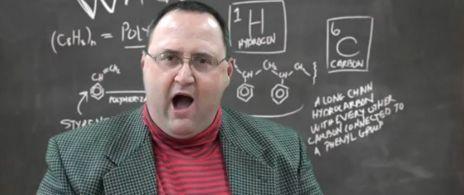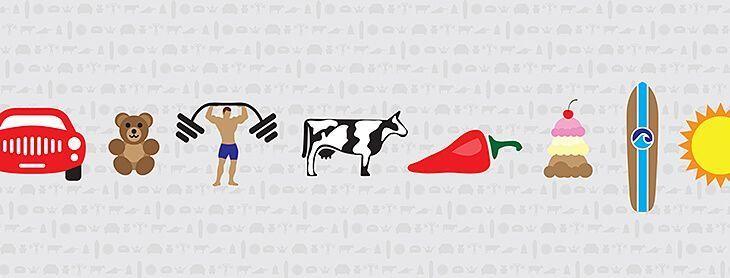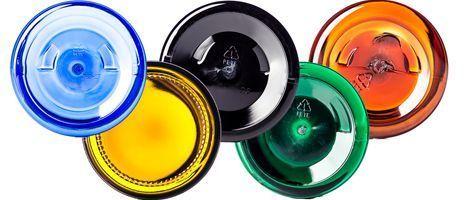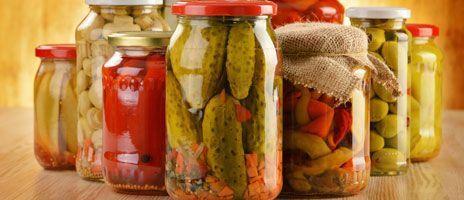The "What Is" Plastics Series: The truth behind Polystyrene


You're in the park on a beautiful day. It's in the model airplane you're flying. On a long summer road trip before iPods were invented (yeah, thanks for that Steve Jobs), it's in the CD cases that hold your tunes. Relishing the lingering flavor of breakfast's last bite, it's in your yogurt container. What is it that ties all of these experiences together? Polystyrene.
Polystyrene, also known as PS, is one of the seven major plastics. Influencing everyday life in a myriad of ways, polystyrene is an invaluable resin. If there was a superhero movie made about this plastic it wouldn't be called Polystyrene Man or even I am Number Six (which is pretty creative since its recycling code is six, get it?), nope, PS is far too iconic for fads like that.
Polystyrene is one of the most clear plastics on the market today. The striking clarity makes it a stunning choice for small cosmetic samples and other dry goods. If you've ever thought about offering product samples you owe yourself a quick browse through our clear or colored PS containers. Polystyrene also has a high heat resistance. This advantage may appear useful in your plan to build a jar colony on a distant planet where temperatures often reach 200 ° F, or possibly for a more realistic reason. No matter the cause, heat resistant containers sure are handy.
Amidst great benefits, polystyrene does have an Achilles' heel, its brittle. When it cracks it can shatter like glass. Not only is this potentially dangerous for human contact, but can damage other containers in shipment. Ordering product in full case quantities is encouraged to avoid scuffed or otherwise blemished PS bottles or jars.
At least that's the case in its solid form. That's right, polystyrene is versatile in its presentation, it might as well have a transformer name. In its expanded form, polystyrene takes on a foam appearance and texture. Starting as small pellets, when the plastic is heated it grows substantially, several times over its original size. Flexible to specifications, EPS (expanded polystyrene) can be molded to fit the contours of your product and serve as protective foam packaging during transport.
On the off chance that you're still not sold on the everyday applicability of polystyrene, consider a weeknight's rush to a local eatery. After a long day at work you pick up some take-out food, unaware that this common experience would be completely decimated if polystyrene didn't exist.
Foam and plastic cups, to go boxes and cutlery are made from polystyrene. The strong, yet lightweight and disposable foam PS containers maintain food temperature (thanks to insulation qualities) and take up less landfill space than their paper competitors. They're also better priced and more sanitary than reusable food service materials that require resources (water, soap, dish machines and labor) to be continually used and still run the risk of carrying germs. So, let's recap. You have no cup to house a refreshing beverage and no utensils to feed yourself with, but that's not the worst of your problems. Your six bucks worth of Chinese food is piled on the restaurant floor. But hey, don't blame the server, the wonder of polystyrene was never discovered, so he didn't have a container to put your chow in.
Now that you know all about secret plastic number six check out our polystyrene jars and packers. Before your shopping spree take a moment to watch our informative polystyrene video featuring scientist Matt and a cameo by our very own Dr. Curtis Crosgrove, of CPSU's Plasticology department. Sit back and enjoy, class is in session!




